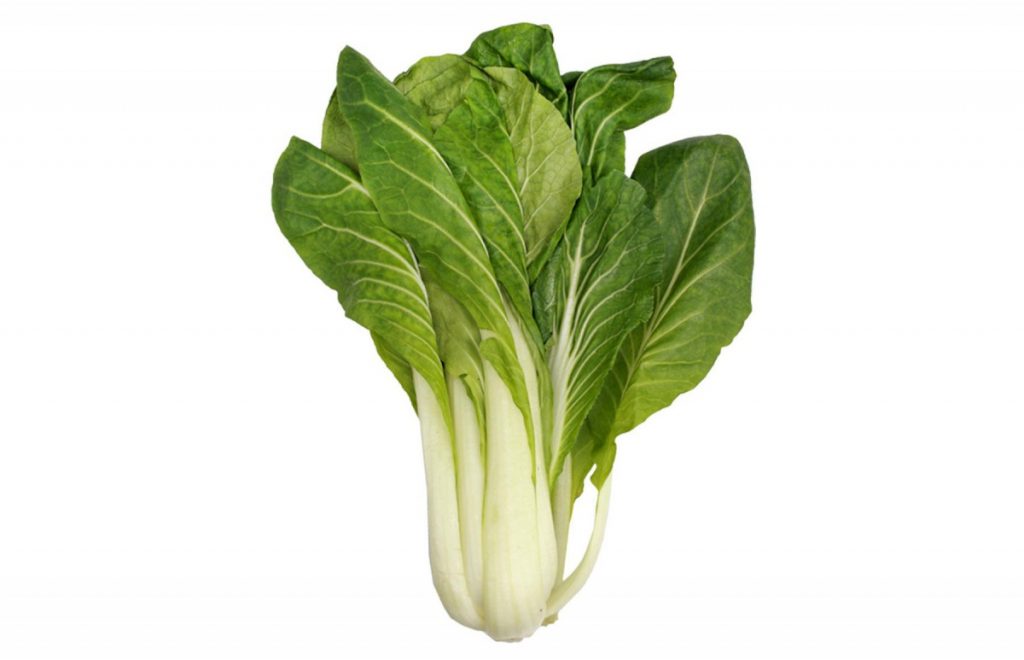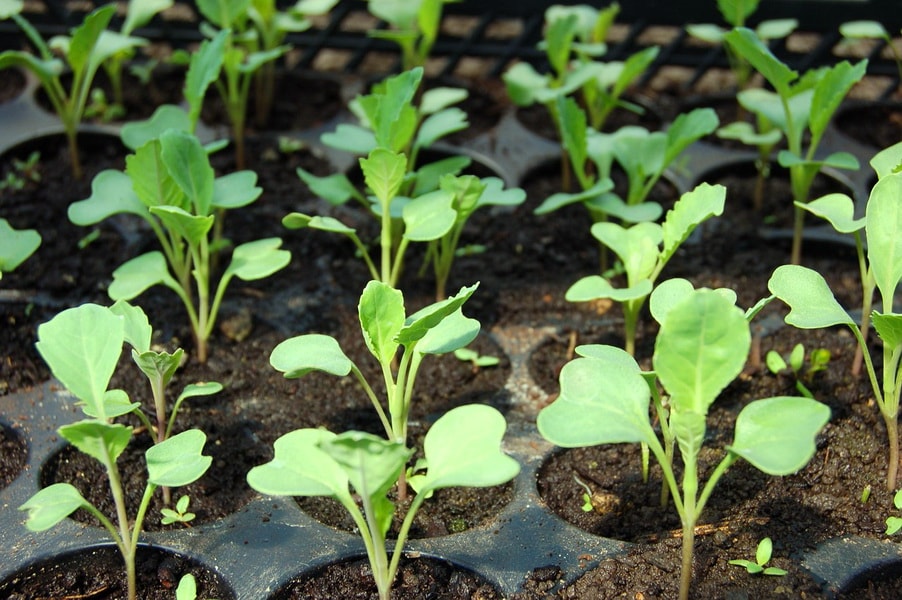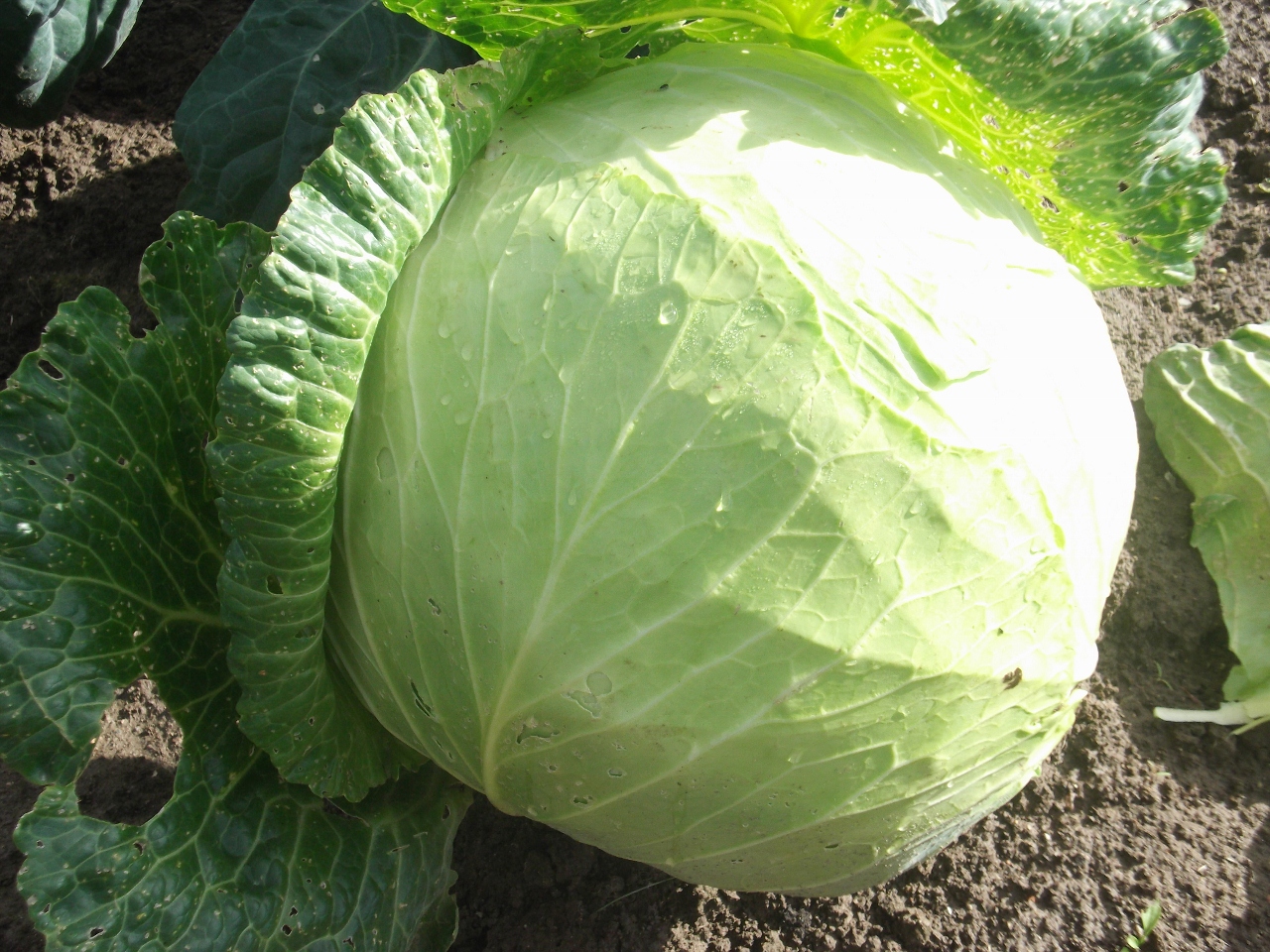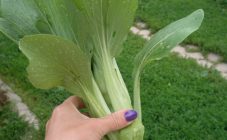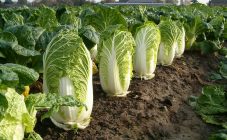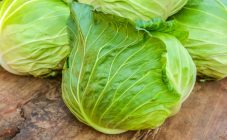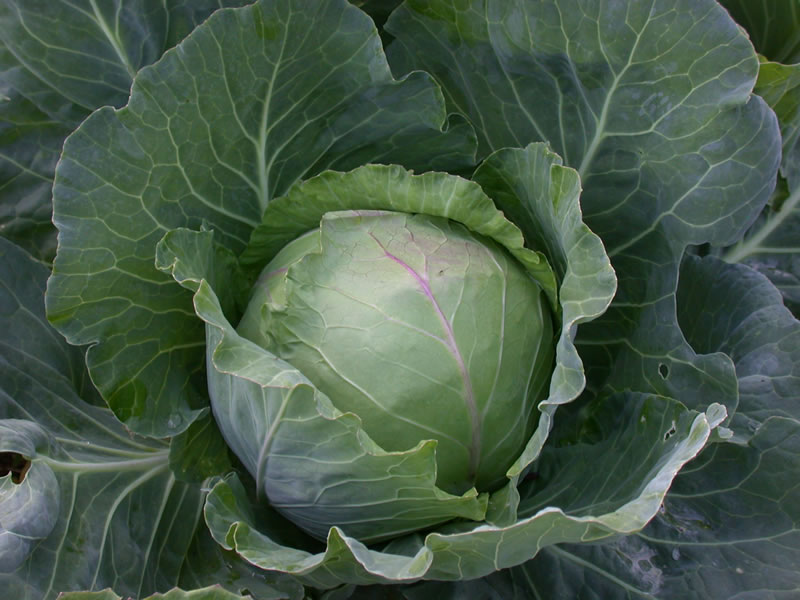Content:
Chinese cabbage has recently appeared on the tables of Russian housewives. This delicious and healthy cruciferous vegetable. Chinese cabbage (mustard, lettuce, bok choi) does not form a head of cabbage, unlike its close relative, Peking cabbage. Its leaves with juicy petioles up to 30 cm long grow straight up and form a 20-40 cm rosette.
Description of culture
As a cultivated vegetable, Chinese cabbage, as the name implies, began to be grown in ancient China. The inhabitants of the East make vegetable oil from its seeds, and also use it in large quantities for cooking various dishes. Delicate leaves and crunchy cuttings have a pungent spicy taste, for which they are highly prized in Asian cuisine. Bok choy bok choy contains vitamins A, K and C, as well as calcium, iron, sodium and magnesium. Collard greens are high in lysine, fiber and ascorbic acid.
The benefits of eating bok choy cabbage:
- enhances immunity;
- improves metabolism;
- increases hemoglobin;
- cleanses the intestines;
- lowers cholesterol;
- strengthens the nervous system.
Also, excessive consumption of Chinese cabbage can harm people suffering from poor blood clotting.
How to plant Chinese cabbage
A distinctive feature of this cruciferous species is frost resistance, early maturity and unpretentiousness. It easily tolerates short-term drops in air temperature to -4 ° C. The optimum temperature for the growth of a "Chinese woman" is 15-25 ° C. At higher temperatures and long daylight hours, the vegetable gives an arrow, bypassing the phase of formation of a rosette with leaves. To get the maximum yield of lettuce, you need to plant the seeds outdoors in April or August. Daylight hours for later crops need to be adjusted with a nonwoven cover early in the evening, and reopen the plantings in the morning.
Some varieties can be harvested within 25-30 days after planting in the ground. In one season, you can harvest two cabbage crops. Bok choy easily tolerates slight shading, while the ripening period is somewhat lengthened, but the leaves become softer.
Any soil is suitable for growing, if other members of the family have not been grown on it before. Before planting, dig up the soil, drain it well and enrich it with vitamins and minerals (superphosphate 2 tbsp, potassium sulfate - 1 tbsp). On a cabbage bed, 1.5-2 tbsp is applied at the rate of 1 m². wood ash or half a bucket of humus.
In acidic soils, chalk, lime or dolomite flour are additionally added. For heavy soils, the introduction of coarse sand is indicated.
Description of the best varieties
To date, 17 varieties of Chinese cabbage have been added to the State Register of Breeding Achievements. Of these, for growing in the country, the best varieties are:
- Alyonushka- early ripening variety. The main mass is provided by fleshy white petioles. The leaves are small and dark green in color. Ripens in 50 days. The mass of one Chinese cabbage bush of this variety is up to 2 kg.
- Vesnyanka- the fastest ripening variety (35 days). Suitable for open ground and greenhouses. The bulk is given by leaves, which form a rosette up to 45 cm in diameter. One bush yields up to 250 g.The cultivar is resistant to early frog ejection and various diseases.
- Swallow Is a petioled variety that ripens in 45 days. Suitable for both open ground and greenhouses. Juicy white or greenish petioles grow up to 30 cm and form a rosette up to 40 cm in diameter. Resistant to early steming and many diseases of the cruciferous family.
- Swan- medium ripening variety (up to 60 days). The bulk of 1.5 kg is provided by snow-white fleshy petioles. The leaves are small, oval. Leaves and petioles are used for cooking.
- Peahen- a variety of medium ripeness. The mass of one plant is up to 2 kg. Crispy juicy petioles and wide green leaves form an erect rosette. The variety is resistant to early stem formation and easily tolerates light shade.
- Beauty East- a variety of medium height, early ripeness with a compact rosette. The leaves are green, oval. The petiole is pale green, medium in size. Leaves and petioles are eaten fresh. Weight of one plant 700 g. Recommended for growing in open ground and greenhouses.
Growing methods
Chinese cabbage is easy to grow in both seedling and seed ways.
For an early vitamin harvest, bok choy cabbage can be planted on seedlings. With this cultivation method, it must be borne in mind that the plant responds poorly to transplantation, therefore, it should be sown in peat pots with 2 seeds per hole. As it grows, the weaker plant is removed. In March - April, the seeds are soaked in warm water and left for a day on the windowsill, and then sown in a prepared container.
After 2 weeks, the seedlings can be planted in open ground, provided that the air temperature warms up to 15 ° C during the day.
When planting seedlings in open ground, the transshipment method is used. On the eve, pots with young plants are spilled with water so that an earthen lump can be easily removed from the pot. The distance between the plants is 30 * 30 cm. Having passed the seedling into the hole, it must be carefully covered with earth and watered with water to compact the soil.
How to grow Chinese cabbage with seeds
You can grow collard greens in the open field by sowing seeds adapted for the regions of Russia.
On a garden bed prepared in the fall, the seed is sown at a distance of 30 * 30 cm. The planting depth is 2 cm. 2-3 seeds are planted in one hole, so that the strongest is left as it grows.
Then they take a break, because the daylight hours have increased greatly, and the air temperature will be more than 25 ° C. Under these conditions, Chinese kale immediately goes to the arrow, and sunburns may appear on the leaves.
The second sowing, depending on the region, is done from late July to mid-August.
The Chinese have come up with many kale recipes. They recommend using young rosettes, when they have grown by 15 cm, then the cabbage is most juicy and crisp. Making bok choy salad at home is easy. To prepare it, you will need tender leaves. Bok choi goes well with meat, fish, mushrooms, legumes and most vegetables. It can also be stewed, boiled, baked, marinated, and canned.
Growing and grooming secrets
- If, during the preparation of the bed, a sufficient amount of organic and mineral fertilizers was applied, then there is no need to do additional fertilizing during the growing season of the plant.
- To obtain an excellent harvest, it is enough to water the kale abundantly and in a timely manner. With a lack of moisture, the leaves of the plant will become bitter and rough. With an excess of moisture, cabbage can rot. If it rains too abundantly and often, then it is worth covering the beds with a sheet of side with plastic wrap.
- To prevent an attack by a cruciferous flea, the only parasite from which Chinese cabbage can be seriously affected, you need to loosen the aisles and sprinkle them with red pepper or ash.
- When loosening, it is worth remembering that the roots of the plant are on the surface. When weeding a garden bed, it is important not to cover the plant outlet with earth.
So, to grow a good crop of bok choy bok choy and get the most out of this plant, you need to consider that:
- cabbage is frost-resistant and easily tolerates a cold snap to −4 ° C, so it can be planted in open ground as seedlings earlier than other varieties of cabbage;
- bok choy can grow with light shading, while its leaves only become softer, but the ripening period increases;
- lettuce does not like long daylight hours and high air temperatures, it immediately begins to go to the arrow, not forming rosettes with leaves;
- Chinese cabbage has the fastest ripening period of all members of the family;
- it does not form a stump, the delicate leaves and juicy cuttings of the plant are used for food;
- with proper agricultural technology, you can harvest 2 crops in one season;
- resistant to many diseases and pests;
- it contains many vitamins, microelements, fiber useful to the body, and the calorie content is only 13 kcal per 100 g of product.
Considering all of the above, it will not be difficult to grow Chinese cabbage in the garden and collect the first crop. The main thing is to take into account the nuances of planting and caring for the crop and choose the right variety!
